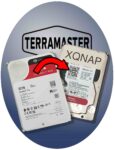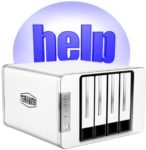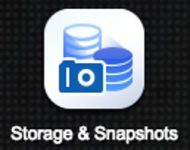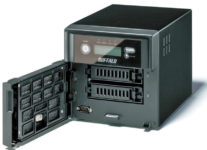More TOS 5 Adventures; More Drive Bays (Part 4)

In part 3 we fully populated the F4-223 with four drives. A deliberate mish-mash of wildly different capacities to test the limits of what Terramaster’s asymmetric TRAID system makes possible. Not particularly recommended, but it works well: at the time of writing, over the last couple of months this configuration has given us a consistently reliable network-attached storage of just over 7TB. Yes, we’re wasting the talents of that last 22TB Seagate IronWolf Pro we… Now read on…




